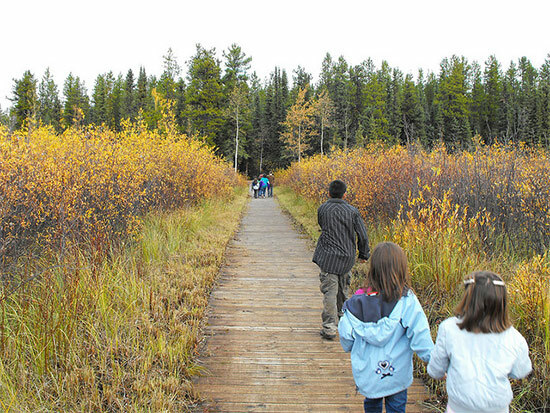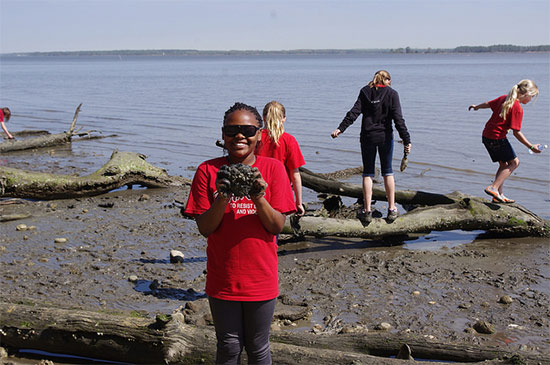Letter from Leadership: Environmental literacy matters
Today's students will play a critical role in preserving the health of tomorrow's Chesapeake Bay.
As students settle into their new school-year routines, it’s a good time to reflect on how their experiences in the classroom affect the Chesapeake Bay.

Image courtesy brucemckay/Flickr
Today’s students will play a critical role in the health of tomorrow’s Chesapeake. Making sure they understand how to critically think about evolving environmental issues is essential to the long-term success of environmental protection.
While managers are making progress in addressing the issues facing the Bay, many of the remaining challenges to a healthier ecosystem rest in the hands of individuals, businesses and communities. From decisions on how to heat and cool homes to decisions on where to live, what vehicle to drive and what to plant on private properties, individual choices can have a huge impact on the Bay. This means a successful environmental protection strategy must be built on the collective wisdom of the environment’s residents, informed by targeted environmental education and starting with our youngest students.
In recent years, a clearer picture has emerged about the environmental literacy of our students. A 2008 National Environmental Literacy Assessment and related follow-up studies showed that students who attended schools with environmental education programs knew and cared more about the environment, and were more likely to take actions to protect their environment, than students who didn’t. But learning outdoors during the school day is not common in the United States.

Image courtesy vastateparkstaff/Flickr
While our society is increasingly disconnected from the natural environment—spending more time online and less time outdoors—there is good news: states are increasingly stepping up to ensure that students have the opportunity to connect with nature. The state of Maryland, for instance, has established the nation’s first graduation requirement for environmental literacy; beginning in 2015, every student that graduates from a school within the state will have participated in a program that will help him or her make more informed decisions about the environment. Several states in the region have established partnerships for children in nature, taking a comprehensive look at how they can better encourage outdoor programs for children. Even more are recognizing the efforts of their schools to become more sustainable, ensuring that more students are learning inside buildings that model sustainable behaviors.
This momentum is being echoed at the regional level. The recently signed Chesapeake Bay Watershed Agreement commits the six watershed states and the District of Columbia to give every student the knowledge and skills necessary to protect and restore their local watershed. The cornerstone of this goal is the Meaningful Watershed Educational Experience, or MWEE, which should occur at least once in each elementary, middle and high school. MWEEs connect standards-based classroom learning with outdoor field investigations to create a deeper understanding of the natural environment. MWEEs ask students to explore environmental issues through sustained, teacher-supported programming. But less intensive outdoor field investigations could occur more frequently—each year when possible.
The Watershed Agreement highlights the roles that state departments of education and local education agencies play in establishing expectations and guidelines for the development and implementation of MWEEs. Indeed, plans that include strategies for MWEE implementation—coupled with outreach and training opportunities for teachers and administrators—have been effective in establishing and supporting a network for environmental literacy.
To support these efforts, funding is available: the National Oceanic and Atmospheric Administration (NOAA) offers grants through the Bay Watershed Education & Training (B-WET) Program, and the Chesapeake Bay Trust offers similar opportunities. The Chesapeake Bay Program also maintains a clearinghouse of teaching resources on Bay Backpack.
Note: A version of this article also appeared in the October 2014 edition of the Bay Journal.
Author: Shannon Sprague is the Manager for Environmental Literacy & Partnerships with the National Oceanic and Atmospheric Administration’s Chesapeake Bay Office. She is also the co-chair of the Chesapeake Bay Program’s Education Workgroup.

Comments
There are no comments.
Thank you!
Your comment has been received. Before it can be published, the comment will be reviewed by our team to ensure it adheres with our rules of engagement.
Back to recent stories